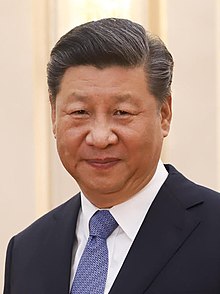
Even as the world battles what is probably the worst health crisis in a century, the COVID-19, which had its origins in Wuhan, China, that country has begun adopting a tough posture with President Xi Jinping making a strong statement at the National People’s Congress in Beijing.
He told over 2,000 delegates sending a clear message to the world that the epidemic “brought a profound impact on the global landscape and on China’s security and development as well”. He “ordered the military to think about worst-case scenarios, scale up training and battle preparedness, promptly and effectively deal with all sorts of complex situations and resolutely safeguard national sovereignty, security and development interests.”
These comments come at a time when China is apparently opening up several fronts with four places of confrontation with Indian Army along the Line of Actual Control (LAC), tough posturing on Taiwan and mentioning for the first time “reunification” with Taiwan, a long-standing goal, without the usual prefix “peaceful” and the situation in South China Sea coinciding with passage of the national security law to tighten control over Hong Kong.
Ironically this is the 70th year when the two giant Asian neighbours established diplomatic relations. That was in 1950.
As Professor TV Paul of the Department of Political Science at McGill University in Canada who is a close observer of China said “my sense is Xi regime is under pressure internally and of course externally too. Externalisation theory can explain the multi-pronged aggressiveness in Hong Kong, South China Sea, Taiwan, Japan.
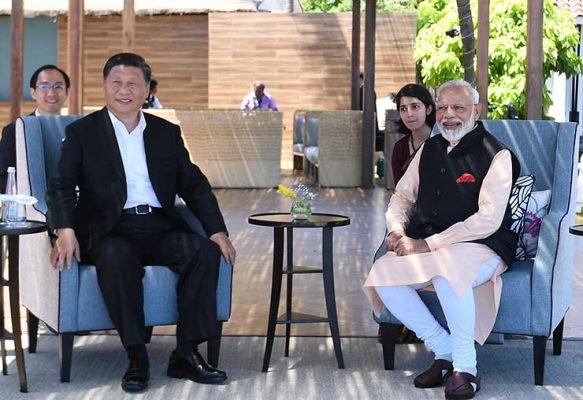
The pressure on India looks part of it and also to make sure India does not join the US fully on Corona enquiry by WHO. Not sure it will produce the desired result for anyone. The Chinese also probably think India is considerably weakened as a result of this crisis (COVID-19) and perhaps border pressure will make it even weaker in Indo-Pacific.”
Kunihiko Miyake, research director at the Canon Institute for Global Studies, said China was making the same mistake Japan itself made 80 years previous – “ugly nationalism, supported by a majority of people and taken advantage of by a military that has no civilian supervision, in an effort to change the status quo in the western Pacific by force.”
Surely this aggressive posturing by China is to assert itself as a rival to the United States and Russia on the world stage and take a position of strength.
It is this kind of militaristic posturing by China when almost the entire world is fighting a pandemic which had its origin in China raises several questions.
The irony of it is that just when China and US trade war appears to be heating up there comes a new twist with the two countries clashing over Hong Kong, added to which is the tweet by American President Donald Trump that he is ready to mediate between the two giant Asian neighbours.
However, this tweet of Trump appears to have been ignored by the two nations who are now more busy working through diplomatic and military channels even amid reports of China strengthening its forces along the Sino-Indian border with India too not being far behind in this matter.
An indication that the troop build-up on either side is almost same came in the comment by Lt General SL Narasimhan (Retd) and member of the National Security Advisory Board (NSAB) “it is not required to predict the numbers – if there is a build-up from Chinese side, there will be an equal build-up from our side.”

Even as this muscle flexing continues on the Sino-Indian border, it is indeed imperative to note that over the past 15 years or so, strategic analysts have recommended two diametrically opposite approaches.
One is the view of defence traditionalists and by hawks, who feel that India should hold the line along the Himalayas and escalate the conflict if it has to. They point out that Indian troops enjoy favourable positions in many places, and their strength has been bolstered over the past 10 years with more mountain forces and better infrastructure and equipment. The objective of this approach, they contend, is to make the Chinese realise that they can’t ‘win’ this game.
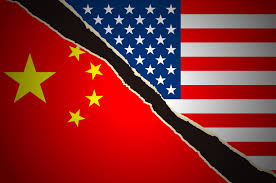
The second approach, generally favoured by diplomats, economists and many politicians, is that India should defuse the situation through talks and negotiations, because we cannot afford tensions and adversarial relations with China ‘at this time’.
Even before the ongoing Coronavirus pandemic crisis, India’s development agenda required that the country does not get distracted by military conflicts, not least with a more powerful neighbour, which is also an important economic partner.
Currently India is indeed facing a serious situation arising out of the Chinese incursions and that escalating the conflict on the borders is not in India’s interests beyond a point because having to fight a war will set the country back.
One approach suggested is to shift the conflict away from the Himalayan boundaries to the waters of the South China Sea and the Indian Ocean. India should demonstrate that it is willing and capable of influencing the maritime balance in East Asia, where China faces off a combination of the United States, Vietnam, Australia, Indonesia as also Malaysia and the Philippines as well.
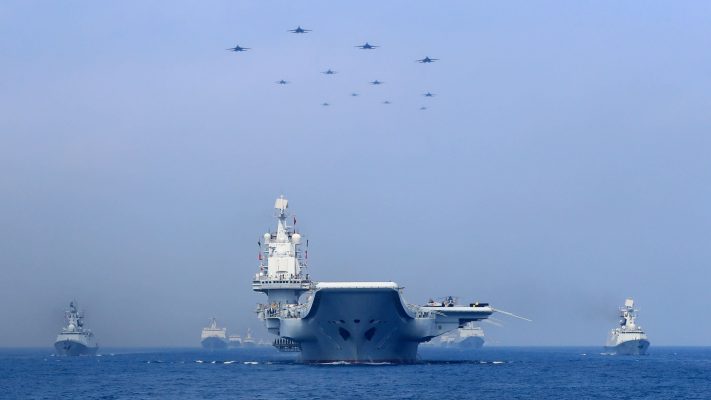
Many countries in the region will welcome a stronger Indian role. Given the maritime balance, a relatively small naval expeditionary force can have a disproportionate impact in a theatre that Beijing is acutely worried about. New Delhi’s message should be: “Do not poke us here and we will not poke you there.”
There needs to immediately increase naval operations east of the Malacca Straits and follow up with a rapid tri-service expeditionary capability in the Indian Ocean Region. This should grow into an expeditionary command, say analysts.
These analysts even go to the extent of suggesting that instead of informal summits between Chinese President Xi and the Indian Prime Minister Narendra Modi, the latter must meet the leaders of Vietnam, Indonesia, Singapore and Timor-Leste. The defence relationships built with many Southeast Asian countries over the years can be quietly utilised.
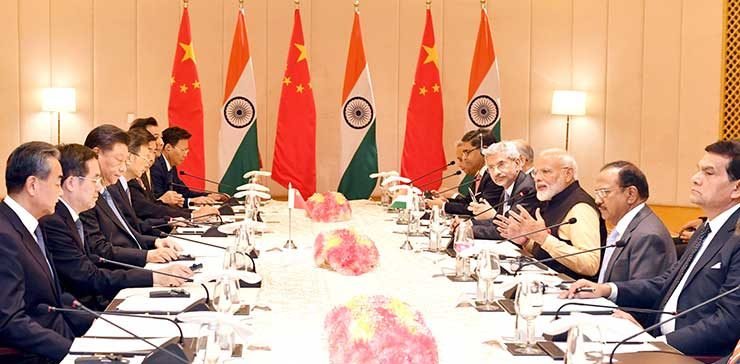
Bilateral ties have seldom been smooth, even if the default position of the leaderships on both sides has been to portray them as being normal and in reasonable fettle. After the low of the Doklam stand-off in mid-2017, ‘informal’ summits between Modi and Xi were promoted as a way to put the relationship back on the rails. The Indian government has certainly expanded much effort domestically to make it look like the informal summits were some sort of diplomatic breakthrough. Except that problems have cropped up so regularly in the relationship that it fools no one.
India is witnessing its worst-ever border tensions with China with transgressions being reported at multiple locations in eastern Ladakh — three in the larger Hot Springs area and one in the ‘Finger’ area of Pangong lake.
What is happening at the LAC in eastern Ladakh does not resemble how things unfolded in 1999, but the fact that the troop build-up and transgressions are happening at multiple locations which are almost 200 km apart, makes this the worst border tensions India has seen since the Kargil battle.
The author is a senior journalist and media consultant. The views expressed are of the author and do not necessarily reflect the views of Raksha Anirveda.
To be continued….








